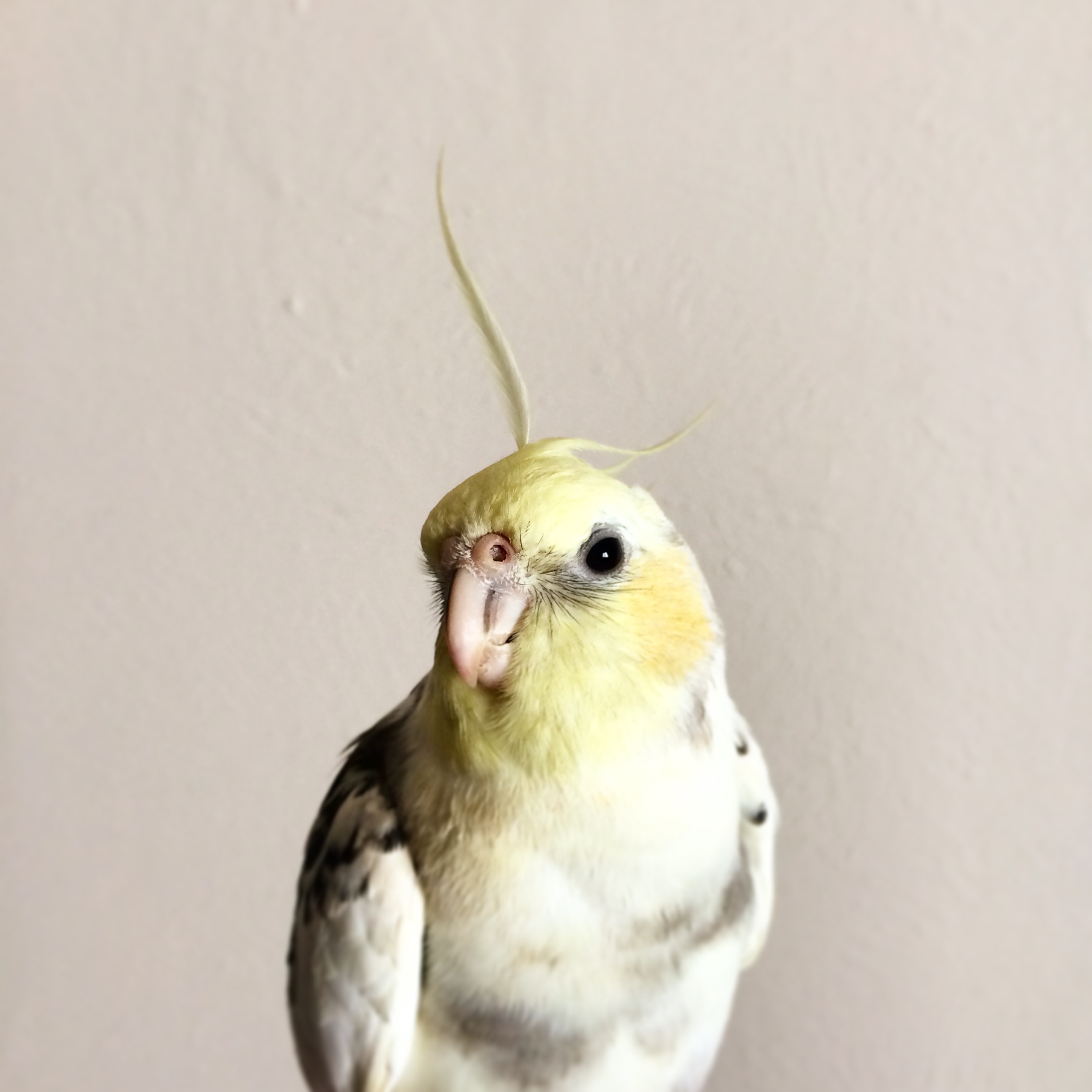
A quick search of Google for “facial expressions in birds” brings up many descriptions by those familiar with birds that confirm my observation: Yes birds do indeed have facial expressions. However, using the same search terms on Google Scholar shows that science has not yet caught up with this notion. This underscores the fact that just because an idea has not yet been scientifically tested does not mean that it is not true, and prods us to use the precautionary approach where hard evidence for animal sentience and cognition is not yet available.
Last week, another building block was added to the wall of knowledge of facial expressions in nonhuman animals. While researchers had previously found that rats do in fact possess facial expressions, researchers had not yet determined whether rat facial expressions play a role in communication among rats.
The article demonstrated that rats can in fact interpret the facial and body expressions of other rats and react to them. Researchers placed rats in a cage which had three compartments: a middle compartment which opened on one side to a compartment where the image of a rat grimacing in pain was placed, and on the other side a compartment where the image of a rat with a neutral facial expression was placed.
As predicted, the rats spent more time in the compartment with the image of the neutral rat than the grimacing rat, showing that the rat was interpreting and reacting to the information expressed in the other rat’s face. While some facial expressions, such as fear, are suspected to serve a physiological purpose (widened eyes facilitate rapid eye movements and increase field of vision), there is no doubt that humans use facial expressions to convey our emotional state and intentions. If rats are able to interpret the facial expressions of others in their species as well, then it is reasonable to suspect that many other animals have inherited the same ability through evolution.
Just because no one has investigated whether birds have facial expressions yet does not mean that they do not have them. While the capacity for facial expressions may seem a bit unrelated to animal welfare, it is important to note that important gaps exist for various species in terms of understanding their capacity to suffer and experience various emotional states. These gaps do not mean that these species do not feel emotive states, and assuming that they do not only on the basis of a lack of evidence has the potential to contribute to substantial animal welfare problems.
As we continue to learn about the sentience and cognition of individual species, it is important that we realize that science can only provide a finite number of tests relative to the seemingly infinite species on the planet. If we ignore the precautionary principle, this can lead to some species being treated unfairly simply because their true natures and capacities are misunderstood due to lack of evidence. This is why it is vitally important for advocacy organizations to urge application of the precautionary principle to sentience and cognitive abilities of species.
Photo credit: "Jazzy," courtesy of author

